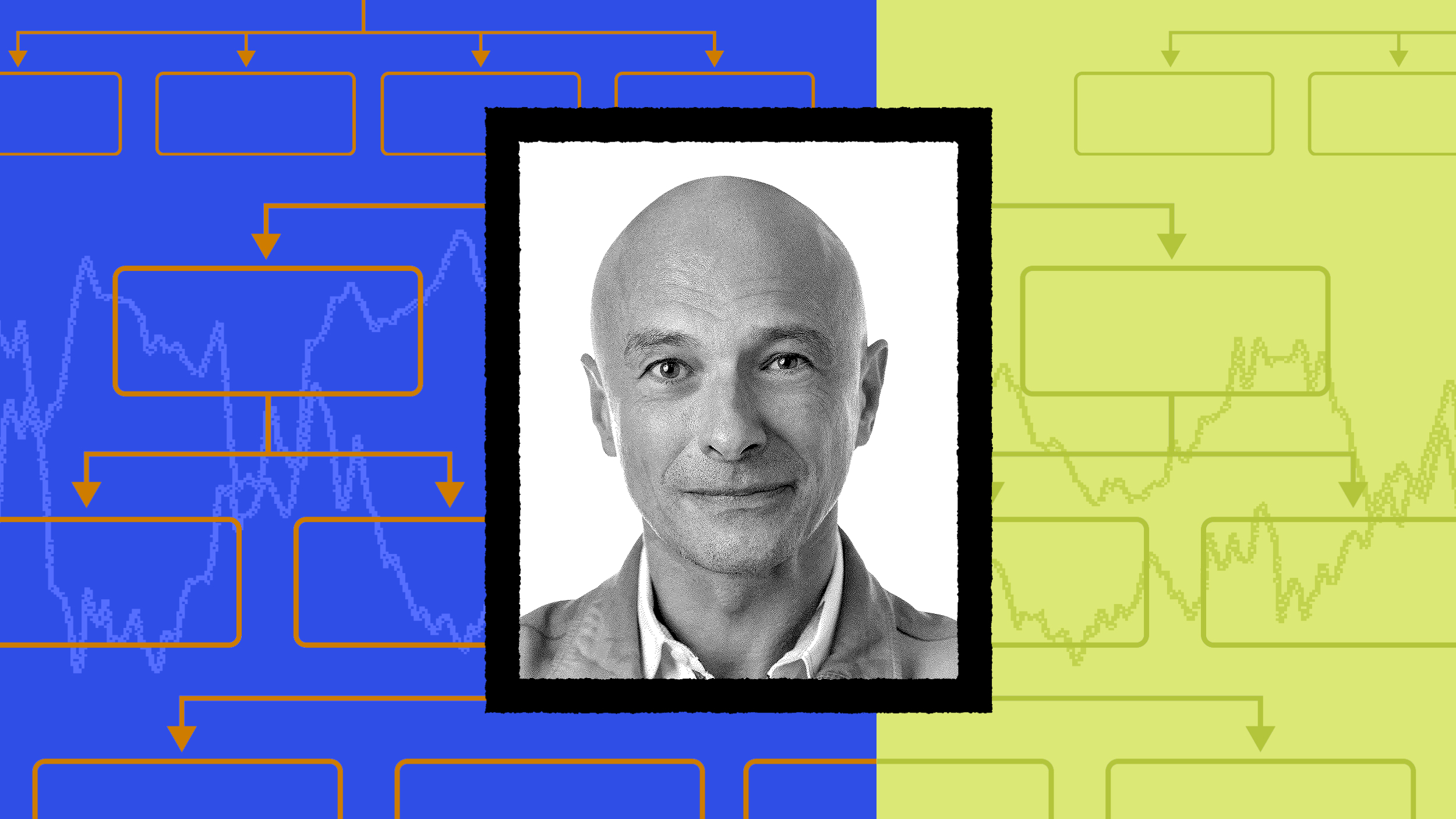From the formerly migratory North American squirrel to the much-misunderstood lemming, biologist Iain Couzin explains the power of animal collectives.
Question: How much non-conformity do we observe among animal groups?
rnIain Couzin: Non-conformity within these groups often tends to be very dangerous. So individuals that stand out within the group are often those that are taken by the predator. So there's a strong selection pressure, not only to look like the other individuals in the group, but also to behave like other individuals in the group.
rnAnd also, if one were to consider a predator sort of attacking a fish school or a bird flock, you know, the reason that the concerted motion, these waves work so effectively, is because everyone is essentially following a similar type of rule. If you tried to do something completely different, you could of course cause congestion, you could cause a pile up within these groups, and that would of course be selected out of the population and so individuals that follow such rules tend not to last very long.
rnQuestion: Does acting collectively ever harm animals?
rnIain Couzin: So, you know, in a wide range of scenarios, there is a risk that animals face. By copying the behavior of each other, they risk a sort of cascade of misinformation. And this is actually akin to what happens sometimes in human societies when people start believing something without actually checking it out themselves. So if a decision depends on that made by a few individuals at the start of the process, then everyone then joins in and decides that they agree with that without actually having assessed the information directly themselves, then this can lead to the sort of autocatalysis and the spread of maladaptive information.
rnNow what we found in animals is that they're, the way that they interact with each other is tuned to minimize this risk. But, you know, there's a compromise as well because it does sometimes happen that they do make mistakes, of course. Because if you really were to sort of look at all of the information and assess it, that takes time. And time is precious. And so just like, you know, a human when you're looking for say, an insurance policy or whatever, you don't actually read all of the details, all of the fine print of all of the alternatives. You tend to look online and perhaps believe what Google tells you, or perhaps you ask a few friends who you trust. And then you rely on that information.
rnAnd so, you know, we also have this type of positive feedback, so our decision making, as well, is interested by these social processes.
rnQuestion: What is the truth behind the cliché of suicidal lemmings?
rnIain Couzin: It is, of course, a myth. The lemmings don't actually hurl themselves off cliffs. You know, these animals are highly susceptible to population fluctuations. And so the predators tend to sort of increase in number and the rodents can increase in number and so on. And this can actually lead to vast fluctuations, so one year there may be many, many individuals, other years very few. And also, I can't remember the exact example of the lemmings, but there's huge potential in these populations for mass migration, for individuals to migrate en masse. And, you know, even in North America, the squirrel that we see everywhere, the grey squirrel, used to, once upon a time, not that long ago, a few hundred years ago, used to form mass migrations as far as you could see, there are descriptions of squirrels and they, when they come to rivers, they all swim across the rivers and people would go out with, you know, guns and dogs and, you know, and just, it was a phenomenon.
rnAnd, you know, also, there's an extinct bird now called the passenger pigeon, which also used to live in the United States. When these flocks were so dense during their migrations that the sky would go black. You know, and these, of course, have been the, the passenger pigeons have been wiped out by man and the squirrels' environment is now so fragmented, the forest is so fragmented, that no longer do they form these mass migrations. But these kind of collective behaviors are actually ubiquitous, you know, that all scales from, you know, bacterial colonies to, you know, very large aggregates like locusts, that we study, which are some of the largest groups on the planet.
Recorded on December 15, 2009
Interviewed by Austin Allen





